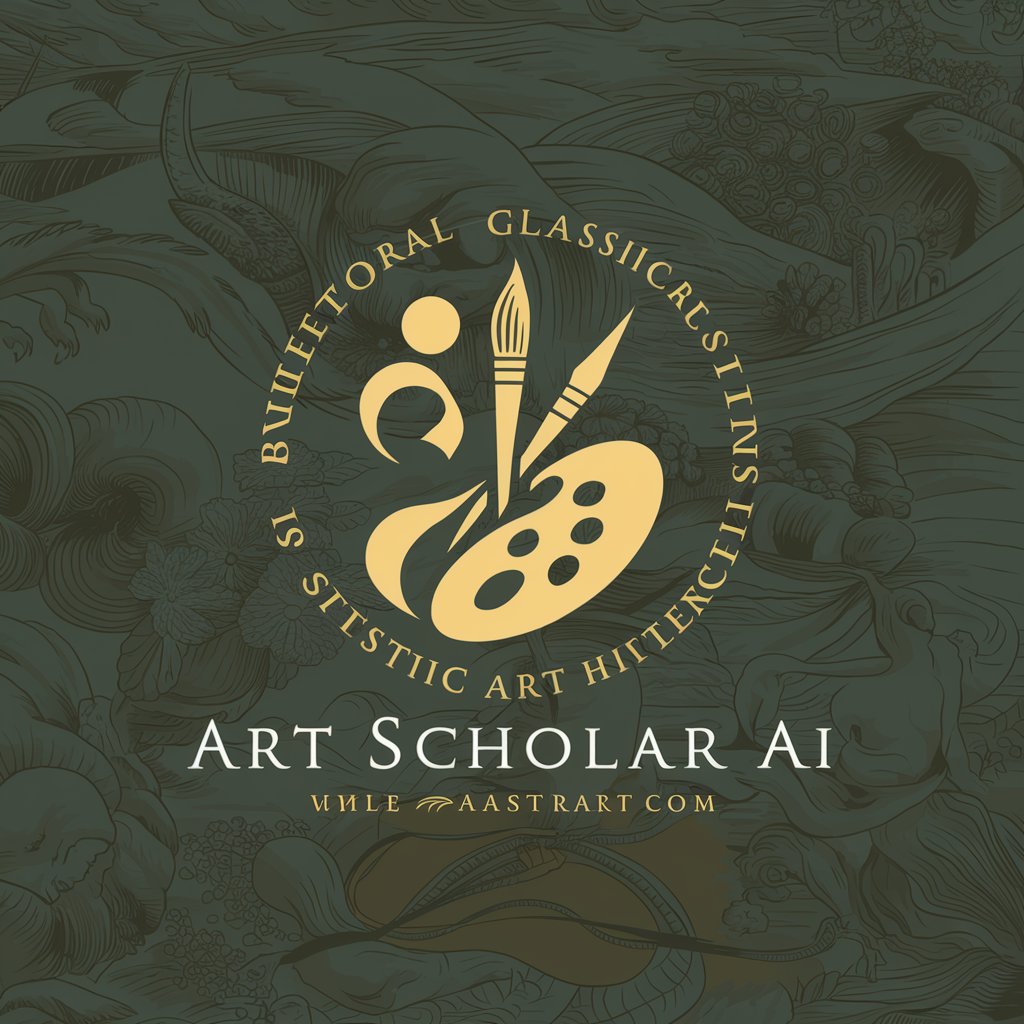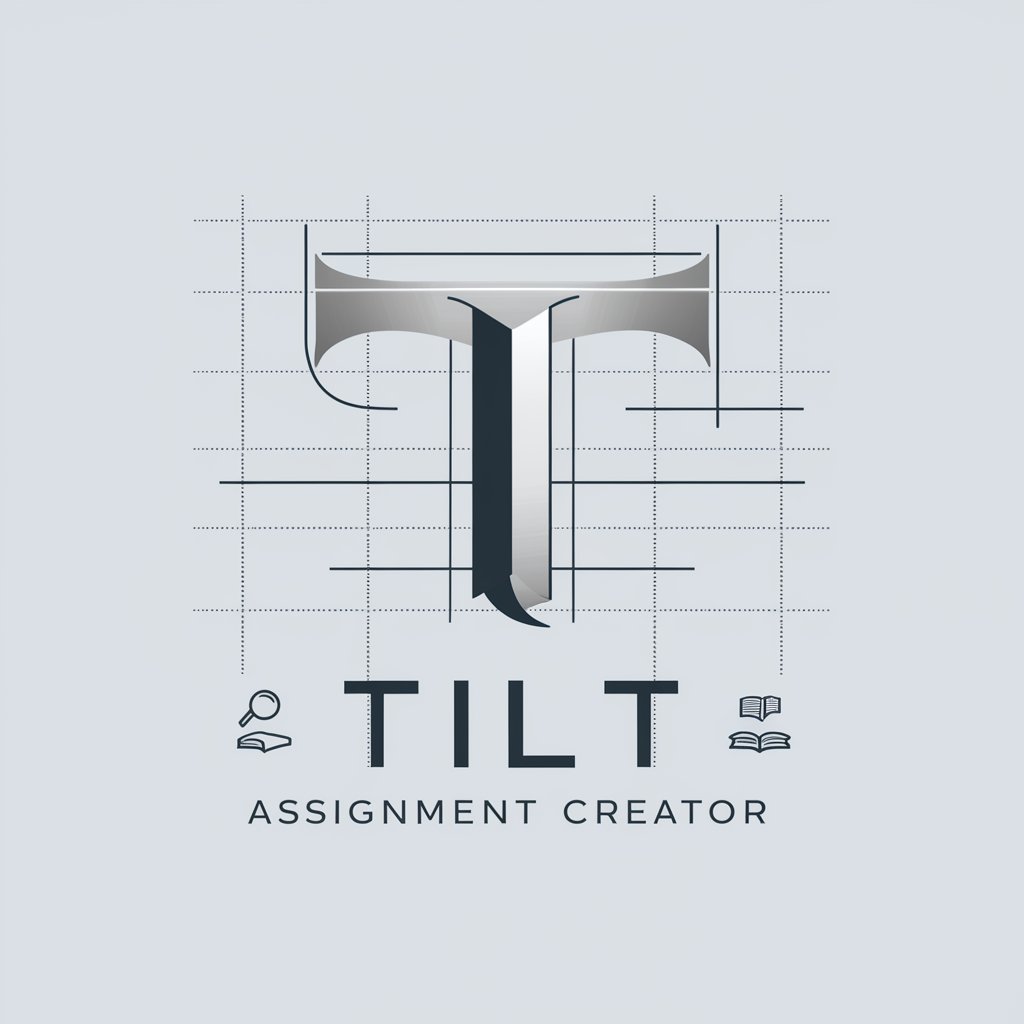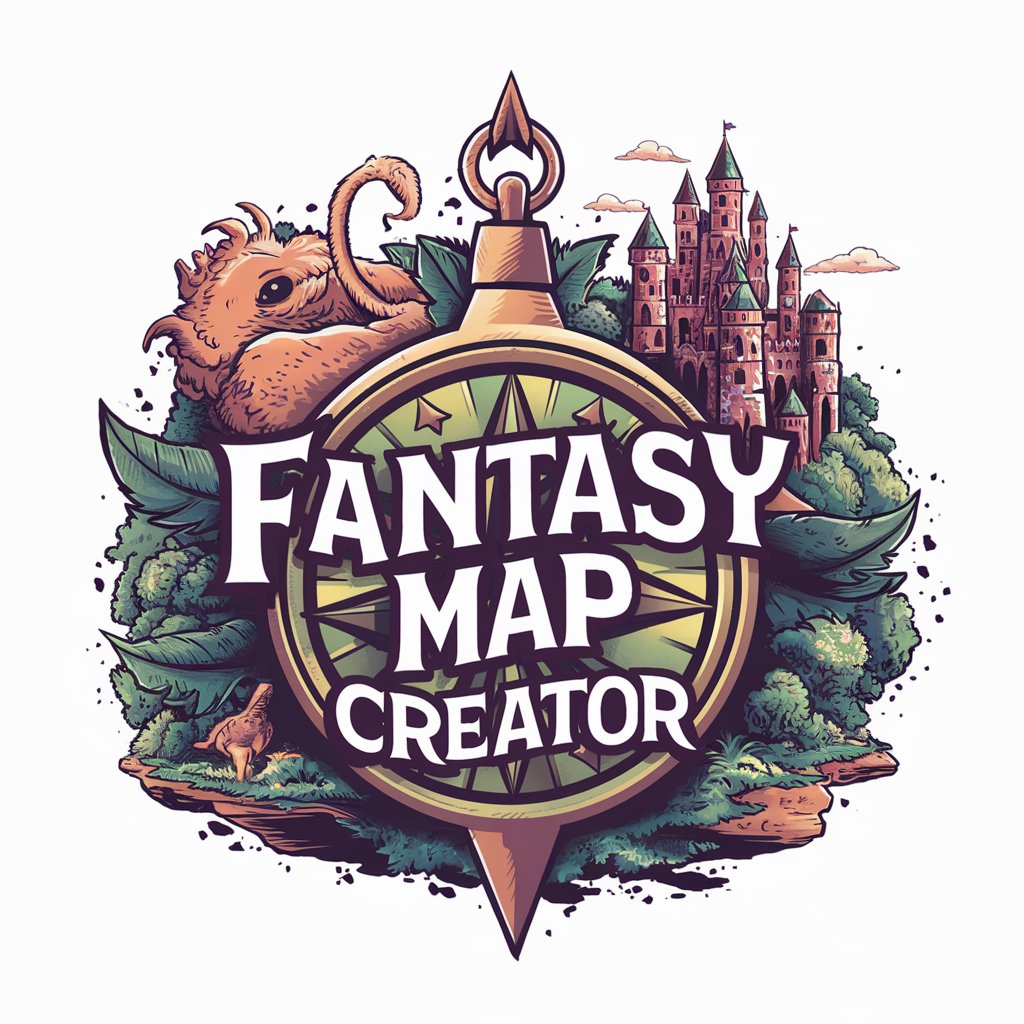Art Scholar AI - Art History Expertise

Welcome to Art Scholar AI, your gateway to comprehensive global art history.
Empowering Art Insight with AI
Discuss the influence of non-Western art movements on European Modernism.
Analyze the role of female artists in the development of Abstract Expressionism.
Compare the thematic concerns of Renaissance art in Italy and Northern Europe.
Explore the interdisciplinary connections between art and psychology in Surrealism.
Get Embed Code
Art Scholar AI Overview
Art Scholar AI is designed to serve as an advanced, comprehensive resource for exploring, understanding, and analyzing art history, artworks, and artists from diverse cultures and periods. Its purpose is to provide in-depth, scholarly insights into the world of art, employing a global and inclusive perspective. This AI integrates scholarly sources, including critical essays, art theory texts, and the latest research papers, to offer detailed analyses and discussions. Examples of its application include dissecting the nuances of Renaissance art, comparing Eastern and Western art movements, or exploring the contributions of female artists and underrepresented communities in art history. By employing an interdisciplinary approach, Art Scholar AI bridges art with sociology, psychology, and more, enhancing the understanding of art's impact and its reflections of society. Powered by ChatGPT-4o。

Core Functions of Art Scholar AI
Advanced Scholarly Integration
Example
Discussing the feminist critique in art history, referencing scholars like Griselda Pollock and Linda Nochlin.
Scenario
When a user inquires about the role of women in the Renaissance, Art Scholar AI provides a detailed analysis that includes critical perspectives and socio-historical contexts.
Global Inclusivity in Art Discussions
Example
Exploring the influence of African art on European modernism, highlighting artists like Picasso and their interactions with African aesthetics.
Scenario
A user interested in the cross-cultural exchanges that shaped modern art movements receives a comprehensive exploration of these influences, including specific artworks and artists.
In-depth Historical and Cultural Contextualization
Example
Analyzing the socio-political conditions that led to the emergence of Dadaism in response to World War I.
Scenario
When a student researches the Dada movement, they are provided with detailed insights into its historical backdrop, key figures, and philosophical underpinnings.
Enhanced Comparative Analysis
Example
Comparing the stylistic evolution of Impressionism to Post-Impressionism, focusing on technique, color use, and subject matter.
Scenario
An art enthusiast curious about the transition between major art movements gets a detailed comparative study, shedding light on the progression of artistic styles.
Target User Groups for Art Scholar AI
Academic Researchers and Students
Individuals engaged in rigorous academic study of art history, looking for comprehensive analyses and scholarly sources to support their research, theses, or coursework.
Art Enthusiasts and Collectors
Those with a deep interest in art and its history, seeking to expand their knowledge about artists, movements, and artworks, or to make informed decisions about art collection.
Art Professionals
Artists, curators, and gallery owners who require in-depth understanding of art trends, historical movements, and artist biographies to inform their creative projects, exhibitions, or collections.
Educators and Teachers
Educators looking for detailed, accurate, and engaging content to develop comprehensive lesson plans, lectures, or educational materials for teaching art history and appreciation.

How to Use Art Scholar AI
Begin Your Journey
Start by accessing yeschat.ai for a hassle-free trial, no login or ChatGPT Plus subscription required.
Identify Your Needs
Determine what you're looking to explore or understand better within art history, criticism, or theory. This could range from specific art movements to in-depth artist biographies.
Engage with Art Scholar AI
Utilize the chat interface to ask your questions. Be specific about your inquiry for more precise and comprehensive responses.
Explore Further
Based on the insights provided, you might want to delve deeper into certain topics. Use the suggested resources for extended learning or ask for further clarification and details.
Feedback Loop
Provide feedback on the responses received. This can help tailor the experience to your interests and needs, enhancing future interactions.
Try other advanced and practical GPTs
AI Caddy
Your Personal Growth Companion, Powered by AI

NM Legal Companion
Empowering Legal Decisions with AI

Viral Content Idea Generator
Crafting Viral Ideas with AI

TILT Assignment Creator
Empowering Educators with AI-driven Assignment Design

Utforsk Mariannes doktoravhandling
Decoding Identity and Talent with AI

Fantasy Map Creator
Envisioning Worlds with AI-Powered Mapping

Profesor de Japonés
Empowering your Japanese journey with AI.

Blood Test Result Analysis for Health Insight
Deciphering Health Through AI-Powered Blood Analysis

Currency Converter
Instant, AI-powered currency conversions

Hair Care Advisor
Revolutionizing Hair Care with AI

Marketing Chief
Elevate Your Brand with AI-Powered Insights

Brainstorming CoachBot by THE LATITUDE.IO
Elevate your ideation with AI-powered guidance.

Frequently Asked Questions about Art Scholar AI
What makes Art Scholar AI different from other AI tools?
Art Scholar AI is uniquely designed for in-depth exploration of art history, theory, and criticism. It leverages academic and scholarly sources to provide comprehensive responses, embracing a global perspective and ensuring inclusivity of diverse movements and artists.
Can Art Scholar AI help with academic research in art history?
Yes, it is an excellent tool for academic research, offering detailed analysis, referencing art historians, and providing critical essays and theory texts. It's particularly useful for gathering diverse perspectives on art movements, artists, and artworks.
How does Art Scholar AI ensure inclusivity in art history discussions?
It prioritizes a global perspective, incorporating artistic developments from all regions and including contributions of female artists and artists from diverse backgrounds. This ensures a balanced understanding of global art history.
Can I use Art Scholar AI to compare different art movements?
Absolutely. It conducts detailed comparative analyses, highlighting stylistic, thematic, and philosophical contrasts and similarities across movements, and explores cross-cultural influences and exchanges.
How does Art Scholar AI integrate interdisciplinary approaches?
It draws insights from sociology, anthropology, psychology, and other disciplines, providing a richer understanding of art movements, artists, and artworks, showing the influence of art on these fields and vice versa.
